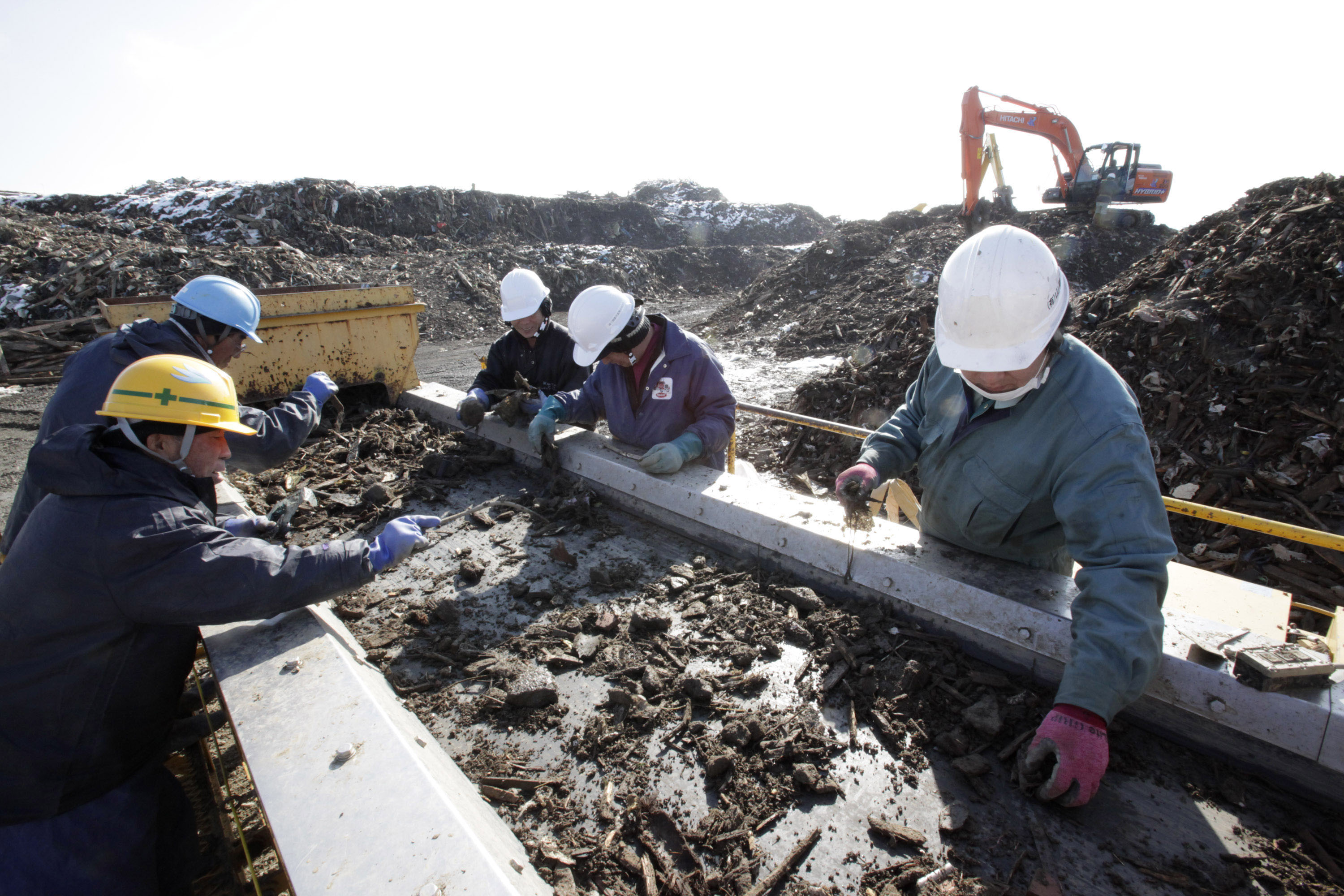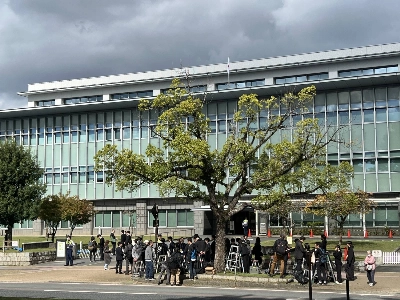After years of criticism for public works spending that rewarded political constituents at the cost of adding debt, the government succeeded in cutting the largesse in half. Now, that legacy of success is hampering an economic rebound.
Reconstruction bids are going unmet one year after the earthquake and tsunami that devastated the northeast, because builders lack resources to fill them. Builders' payrolls fell 24 percent nationwide in the decade through March 2011. Sendai, where the airport was wrecked by the tsunami, has 14 ready-mix cement factories, compared with 30 in 1998.
The longer it takes to complete the resurrection of towns, utilities and transport networks under Prime Minister Yoshihiko Noda's ¥20 trillion in relief spending, the more limited the economic impact it will have, says Akio Makabe, who has written books on behavioral finance.


















With your current subscription plan you can comment on stories. However, before writing your first comment, please create a display name in the Profile section of your subscriber account page.